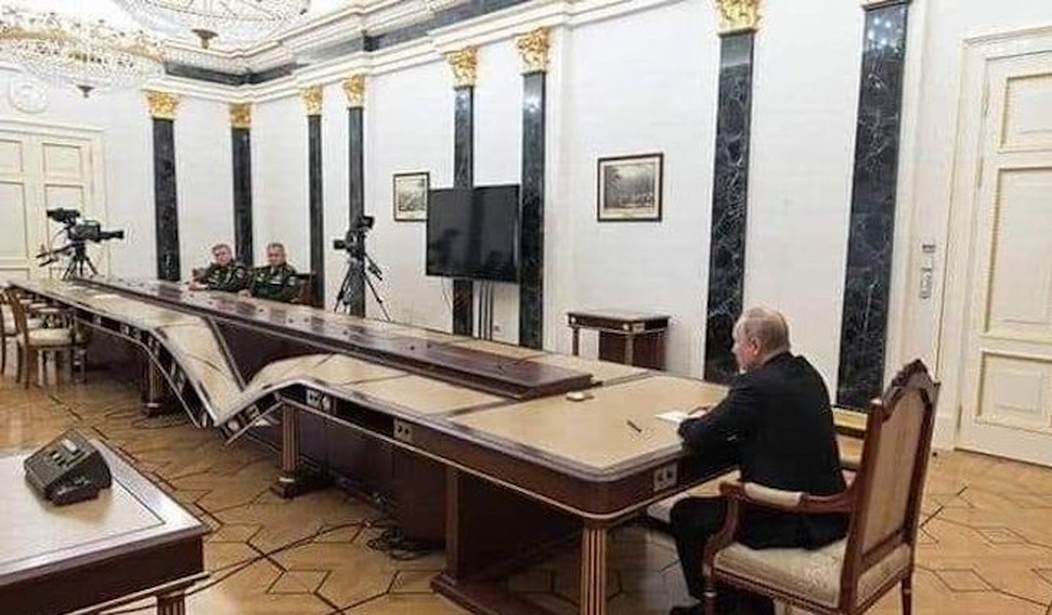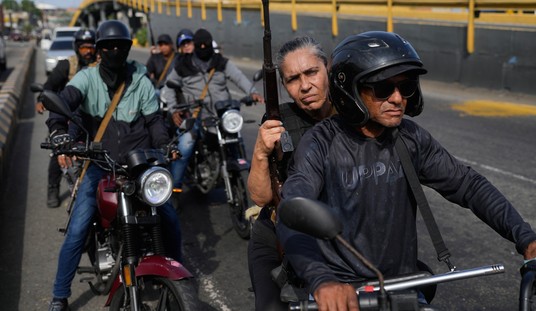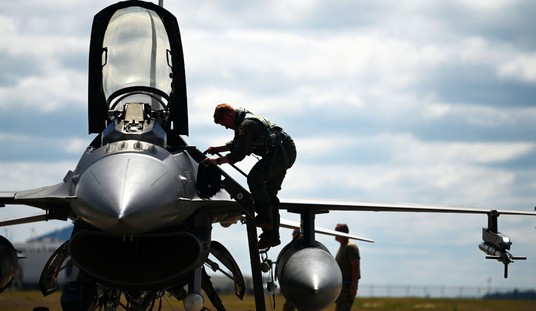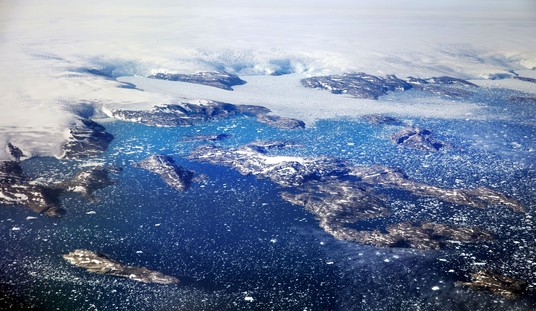Putin's War in Ukraine is now into its 109th week with no end in sight. Eventually, though, this war will end either through a peace treaty or fatigue. No matter how it ends, there will be an immense need to rebuild Ukraine's economy and infrastructure. The bad news is that it will cost northwards of $100 billion. The good news is that Russia will have to pay for most of it, and legislation is moving in the US, the EU, and the UK to ensure that happens.
Forcing the losers in a war to pay reparations isn't new. In the form of a specified amount promised in return for a peace treaty, it dates to the indemnities Rome imposed on Carthage at the end of the First and Second Punic Wars. In its most elemental form, that is, a city or person being held for ransom to force a party to a conflict to stop fighting, the practice is prehistoric.
The modern theory of post-war reparations comes from the Hague Convention of 1907.
A belligerent party which violates the provisions of the said Regulations shall, if the case demands, be liable to pay compensation. It shall be responsible for all acts committed by persons forming part of its armed forces.
As the actions of Putin, his government, and his military high command constitute crimes against peace and crimes against humanity as well as garden variety war crimes of the same type, if not the same scale, as the Nazi defendants at Nuremberg, the demand that Russia pay reparations is hardly an original idea. The United Nations voted 90-14 to affirm a resolution making Russia responsible for reparations to Ukraine.
READ: Putin's War, Week 38. The Lines Clarify and Everyone Is Getting Ready for the Next Phase
This was followed by the G7 calling for war crimes trials and reparations.
With the legal basis for reparations established but no end to the war in sight and an immediate need for a funding stream, all eyes turned to the frozen Russian assets held primarily in the US, EU, and UK. The total value of those assets is about $300 billion, and the value is growing while they are held in frozen accounts.
Though no one is eager to confiscate the assets outright for fear of making Vladimir Putin all frowny face and having him do the same to foreign firms in Russia, there is pressure to harness those assets to rebuild Ukraine or, in the view of the EU leadership, to purchase equipment and ammunition for the Ukrainian Armed Forces.
(As an aside, the urge to kowtow to Putin shows the extent to which he has utterly stump broke nearly all the leadership in the West. Russia has already nationalized foreign companies, and our leaders are still mewling over what Putin "might" do. As far as I'm concerned, this is a good thing because maybe this will serve the same deterrent purpose as mounting the severed heads of traitors on London Bridge.)
Some lawyers, particularly those who seem inclined to support Russia, are making noises about legalities. But, in the immortal words of Mark Twain, “No man’s life, liberty, or property are safe while the legislature is in session.” I doubt Russia's case will get any more sympathy from courts in the US or Brussels than did the six German saboteurs who were executed less than a week after conviction.
Three different strategies have emerged.
The European Union Plan
The EU plan is the simplest.
The plan focuses on the interest earned on approximately $210 billion worth of Russian central bank assets currently frozen in EU member states, primarily at the Euroclear settlement house in Belgium. The principal would be left secure, but the estimated $3.2 billion annual interest would be transferred to a dedicated fund.
About 90% would be allocated to support Ukraine's ongoing military effort against the Russian invasion. This could involve financing arms purchases, ammunition supplies, and potentially even training programs. The remaining 10% would be directed towards bolstering Ukraine's war-torn economy and reconstruction efforts. This could involve budgetary support or humanitarian aid programs. When the war ends this money would flow into reconstruction projects.
The EU plan only covers funds earned after February 15, 2024. Funds held on those accounts before February 15 will remain in escrow at Euroclear. There are still problems to be resolved. Putin's Mini-Mes in Slovakia and Hungary don't want to purchase weaponry or do much of anything. Ireland and Malta are constitutionally prohibited from buying arms for transfer to third parties.
The US Plan
The Rebuilding Economic Prosperity and Opportunity for Ukrainians Act (REPO Act) was introduced by Senators Jim Risch (R-Idaho) and Sheldon Whitehouse (D-R.I.) in conjunction with Representatives Michael McCaul (R-Texas) and Marcy Kaptur (D-Ohio).
Under the provisions of this bill, the president may confiscate Russian sovereign assets directly or indirectly owned by the Russian government, its central bank, or the Russian Direct Investment Fund. This money would go to a Ukraine Support Fund administered by the State Department through the US Agency for International Development. The funds would be used for reconstruction and humanitarian assistance.
This bill has cleared the Senate Foreign Relations Committee but has yet to receive a vote.
The UK Plan
The UK plan isn't fully developed, but it may be the most aggressive and the simplest. The UK government will confiscate Russian assets worth about $29 billion in the UK. They will loan — Trump should like this — Ukraine the cash value of the assets using those assets as security. At the end of the war, Russia can pay reparations equal to the asset value to Ukraine...or the UK will liquidate them.
An Emerging Unified Plan
The US has proposed that the G-7 pool the $280 billion in frozen Russian sovereign assets and use those as collateral to create $50 billion in bonds that are being called Freedom Bonds. These bonds would generate interest payments to the bondholders to the tune of about $4 billion per year from interest on the underlying assets. When the war draws to a close, Russia could redeem the assets by paying their value in reparations to Ukraine. If it refuses, the assets would be sold to redeem the bonds.
Summary
Vladimir Putin's great Ukrainian adventure will turn out to be extraordinarily expensive for Russia in terms of men, equipment, lost GDP, lost markets, and lost money. The UN Security Council Resolution provides a legal basis for forcing Russia to pay reparations for its criminal conduct. Ultimately, the flimsy legal barriers standing in the way of that happening will fall. Stripping Russia of most of its overseas investment, particularly its sovereign wealth holdings, will serve as a useful model and deterrent for anyone else with delusions of military grandeur...looking at you, President Xi.












